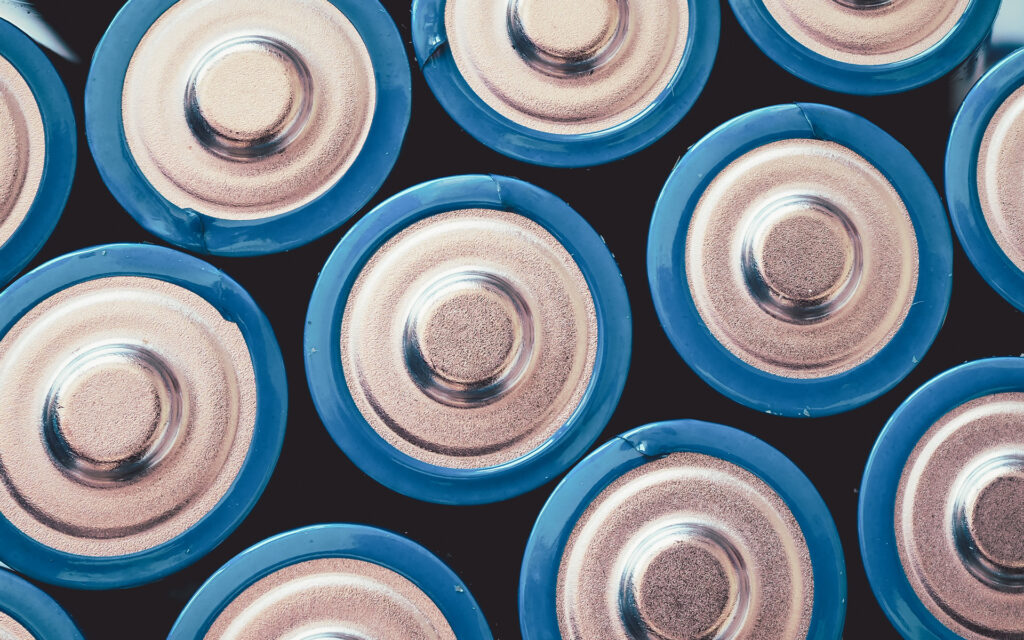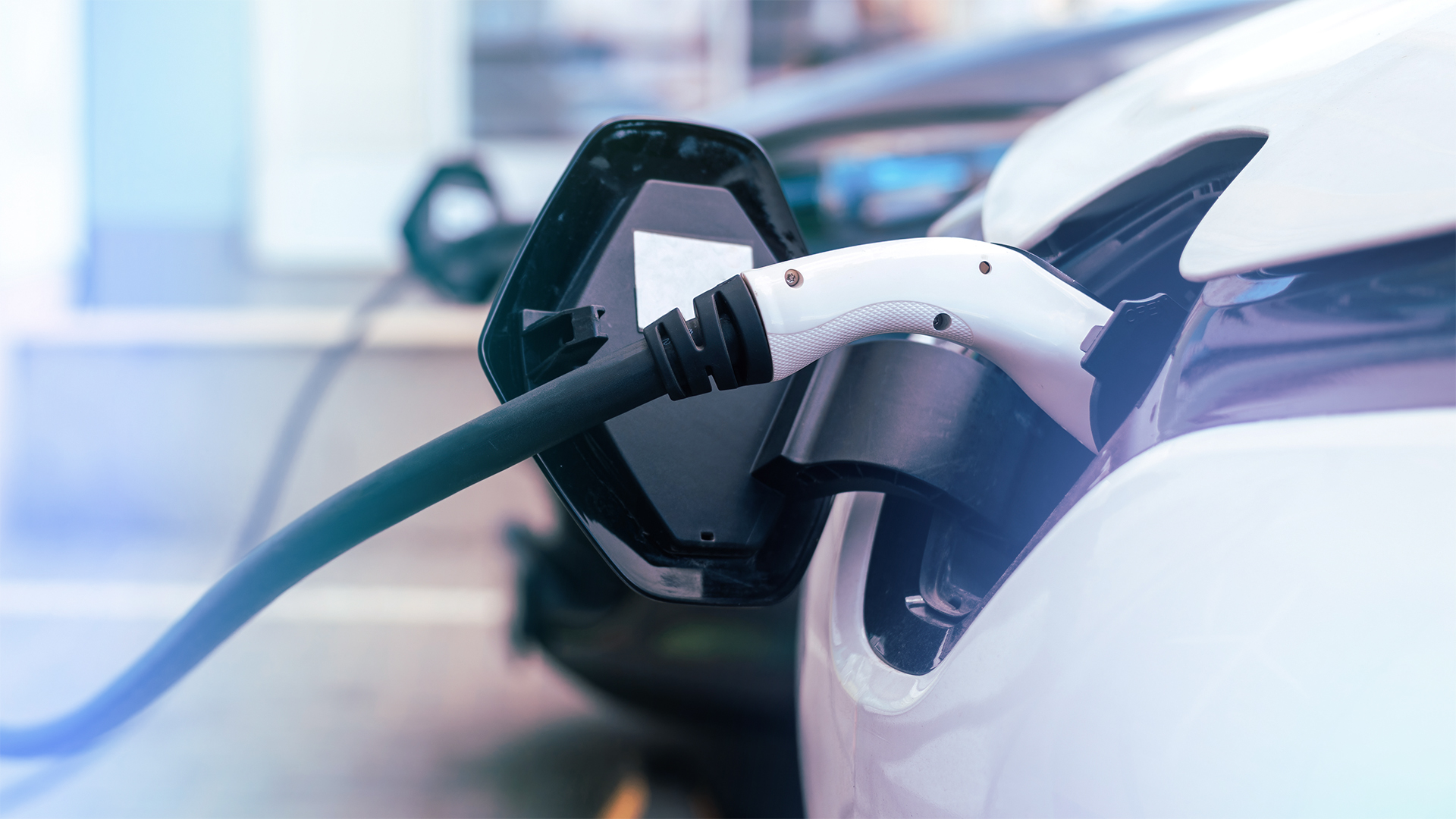What is your favorite car?
Since the first automobile was created in the late 1800s, the choice available has expanded. As children, we played with remote-controlled cars. But who would have thought that a car with batteries would become a reality?
Yes, we are talking about electric cars.
We have heard a lot about it in recent years; however, you will be surprised to learn that Thomas Edison first designed this type of car. Over the years, his idea has been taken up several times, but always shelved because combustion cars were faster and easier to drive. Same as then, the problem discussed in these cars is precisely the production of the battery and its disposal.
Production
Although an electric vehicle is less polluting than a combustion car, it must be said that its production is 80% more contaminating than making a traditional car.
The main materials used to create these batteries are lithium and cobalt.
Lithium has a thermal and electrical capacity like few other metals and is extracted from mines. The largest mines are in Chile and Argentina.

Its extraction can last from 8 months to 3 years and requires a large amount of water. It is estimated that it takes almost 2 million liters of fresh water to obtain one ton of lithium.
Easy to guess what this means.
Those who suffer are local farmers who have considerable water loss to be used in agriculture.
In addition, the filtering process produces toxic substances and pollutants.
Cobalt, on the other hand, is used to extend the life of lithium batteries, and about 10 kg is needed for each car.
Its extraction produces toxic waste that can contaminate groundwater and air.
Congo is currently the country with the most reserves from which at least 50% of the cobalt used in the world market comes.
There is a lot of discussion about the workforce used for extraction which is often composed of children. In some cases, in addition, they work with their own hands and without safety tools.
Fortunately, studies, research, and prototypes began to be carried out to reduce such aggressive production systems. Companies like Stora Enso are creating batteries from trees.
Disposal
Battery disposal is a controversial topic.
Nowadays, it is more expensive to recycle lithium than to extract it. In addition to lithium and cobalt, batteries are composed of nickel and manganese, highly polluting elements. In order not to cause harm to man and the environment, there are specialized facilities for the disposal of these elements for a cost that is still very high, about 4/4.5 € per kg.
The alternative to battery disposal or recycling would be reuse for other purposes. Spent batteries still contain usable waste, hence the idea of exploiting them, for example, to illuminate city streets.

An Italian company, AraBat, has decided to use the citric acid contained in the peel of oranges and lemons instead of highly polluting chemical reagents to recover the materials inside the batteries.
Every year that passes the ideas to respect the environment evolve and improve, especially thanks to the growing sensitivity and desire to protect our planet.
Now, the use of electric cars is definitely greener compared to the use of traditional cars, but the production and disposal raise new questions. Fortunately, there are and will be companies like Arabat, capable of minimizing the negative impact to make the use of electric cars increasingly advantageous at every stage of their production, use, and disposal.





